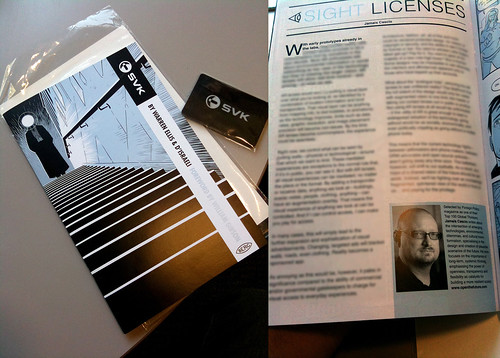Sanity
Yesterday, on Twitter, I posted this:
When the present is filled with tragedy and idiocy, focusing on the future is my way of staying sane.
That was my oblique reaction to the terrorism in Norway and the disastrous efforts to deal with the debt ceiling in the United States. With the first, you have a hardcore Christian terrorist attempting to kick-start a war against Muslims and Secularists in Europe by attacking "race traitors." With the second, you have a hardcore Teahadist movement in the U.S. House of Representatives refusing to act to avoid what will end up being a major economic catastrophe, seeing it instead as an engine of political change. The first was a spike of murderous violence, while the second would likely kill more people over time. That both come from a right wing perspective is secondary to the fact that both embrace the idea that the only way forward is through intentional chaos.
(And I don't buy that the two perspectives are inherently linked. I've met enough self-identified conservatives who don't want to destroy the world, and enough self-identified progressives who see disaster as a mechanism for changing climate policy, to know better.)
My post resulted in some welcome, and very thoughtful, replies. The most salient boiled down to the observation that the future is a result of the present, and that what we do now shapes what we can do in the days and years to come. Such observations are, of course, quite correct.
But what I was trying to express was something a bit different. What focusing on the future does, here, is provide context. When tragedy and idiocy are so visible, it's easy to forget that these aren't permanent conditions, nor are they all that's out there. But these stories so quickly become a smothering shroud, blocking out all else and making any thoughts about the future seem pointless. It's a trap, a distraction at best and a pit of despair at worst.
Focusing on the future is a way of reminding myself that these aren't stopping points, and that--awful as they are now--they will, in time, be largely forgotten. Not that they're not serious, not that they're not important... but that they are, ultimately, a part of history, not the end of history.




